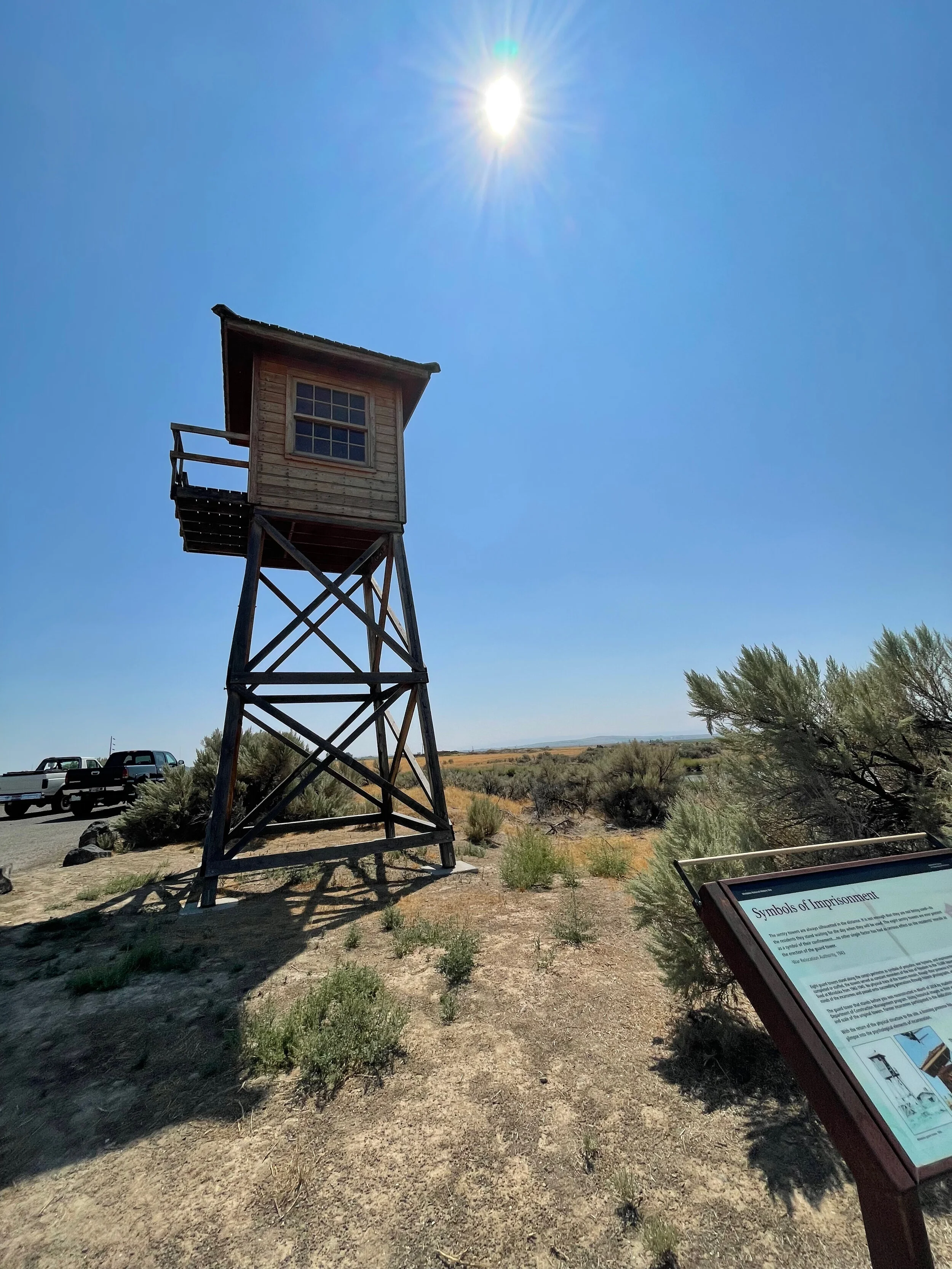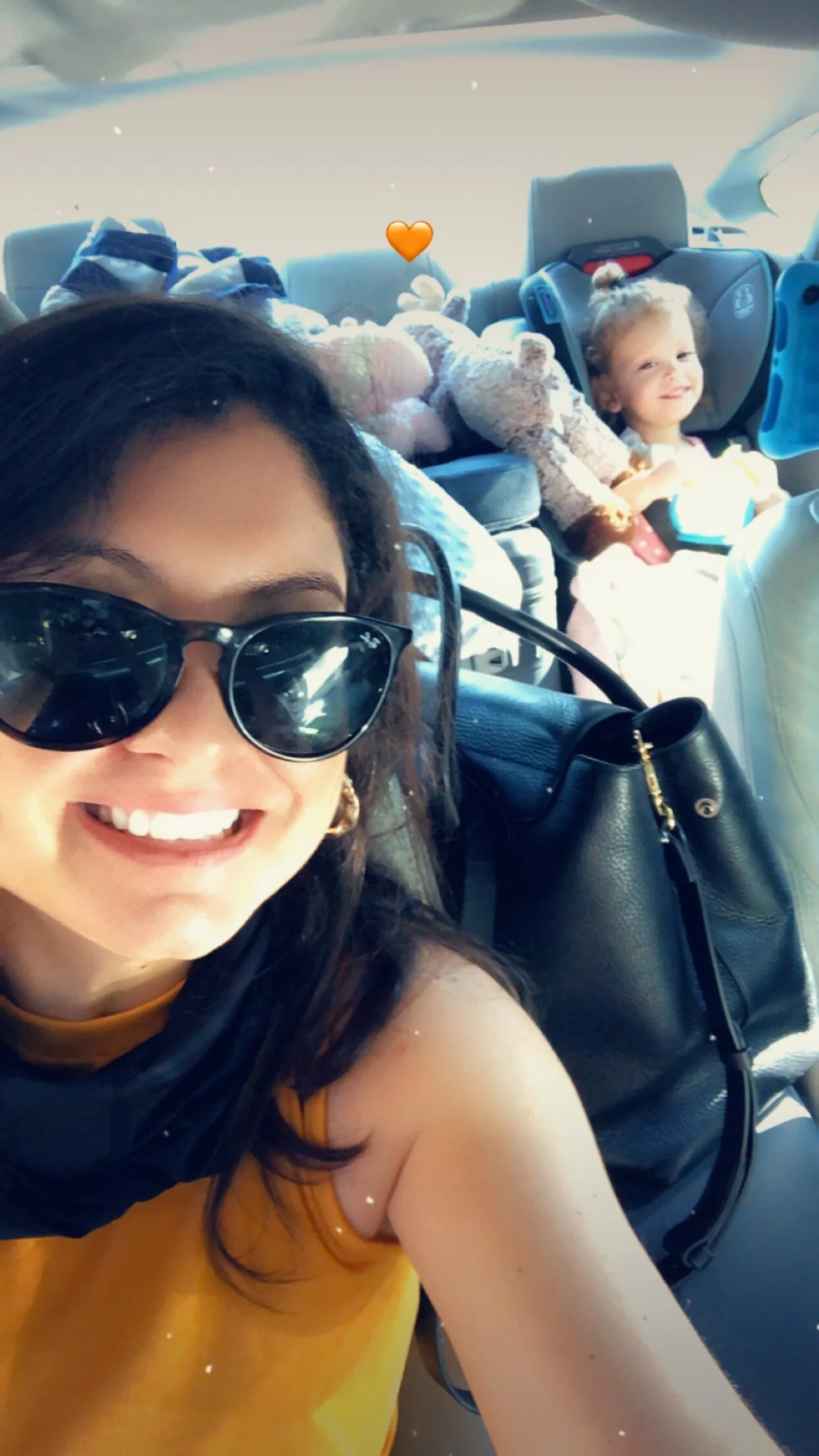History: Our Pilgrimage to Minidoka National Historic Site
In August 2021, our family took a pilgrimage to experience where my grandmother was forcefully relocated during World War II. The story begins 80 years ago, on December 7, 1941, when the Japanese bombed Pearl Harbor. Shortly thereafter, the Americans declared war and were fully immersed in a two front war in the Pacific and in Europe. At home, FDR signed Executive Order 9066 on February 19, 1942 that laid the foundation for the Secretary of War to designate areas of the United States as “military exclusion zones.” By April 1942 the law was passed and the entire western half of Washington and Oregon, as well as all of California and the southwestern corner of Arizona were deemed military exclusion zones. All Japanese immigrants and citizens and their families, regardless of the fact they were U.S. Citizens, were relocated out of the exclusion zone. With little to no notice, each person was allowed one bag each, left behind their homes and belongings, and were transported to an assembly center for several months. Later, they were boarded onto dark trains and taken to one of ten internment camps located throughout the country.
My grandmother spent 2.5 years in an internment camp in Southern Idaho called “Minidoka.” After she passed in July 2020, me and my mom decided to take a trip, or “pilgrimage” to Minidoka Historic Site since Grandma could no longer tell us about what happened. We wanted to learn more. I am so glad we did, because when I told people where we were going for our summer vacation, they were shocked to learn 1) that it happened; and 2) that they didn’t even know it happened!
I decided to share this story because Grandma was one of over 110,000 people imprisoned because they happened to look like the enemy. For years, the internees did not talk much about this experience, but now, they continue to speak out because they say “nidoto tai yoni” - let it not happen again.
This is Grandma’s story as told to my mom for a paper she wrote during her Master’s Program. I also added in some of the photos we took while at Minidoka to provide additional context and some visual aids to give a better understanding of the conditions at the camp.
* * * *
It was Sunday, December 7, 1941, I was twelve years old at the time and was sitting at the counter of the corner drugstore when it was announced that Pearl Harbor was attacked. I ran home to tell my parents and they did not believe me. Instead, they chalked it up to another Orson Wells movie. But, by the end of the day, my story was verified.
The next day a man knocked on our door and identified himself as the FBI and proceeded to walk into our home without permission. My older sister, who was a junior at college, challenged him. The man brushed past my sister and requested my father to step outside into his car. He spent about a half an hour in the car with my father, then left.
That night, my mom burned all of her Japanese books, memoirs, and pictures that had any Japanese meaning. In the following weeks, my father was questioned many times. There were rumors flying around everywhere as to what was going to happen to the Japanese Americans on the West Coast, but we all had faith that nothing could happen in the United States that was happening in Germany and Europe.
Based on the rumors, we had a family conference, just in case. I was the youngest of five and we all met with my parents in the living room. It was decided if Mom and Dad were taken away then my older sister would be in charge.
A few weeks later, we received written notice by mail (April 1942) that we would be relocated. There were seven badges in the envelope with an assignment number #19026. On a given date, we were to stand on the corner and wait for a bus. We were allowed one suitcase each, no animals, and only a small amount of cash. We were lucky because most families received 24 hours or less notice. Because we belonged to our Church and my father was high-ranking, we were able to store some of our valuables and belongings in the church basement.
The most vivid memory I have is my mother sent me to the movies the day before the buses came and while I was gone, she gave my dog, Pepper, to our neighbors Dick and Jane (yes, Dick and Jane) to care for her. I cried for many days after.
It was in the heat of the summer when we stood on the corner with our tags, one bag each, and waited for the trucks. We did not know where we were going or if we would ever come home.
By the truckload we were transported to the North Portland Assembly Center, which was a converted livestock auction center with dirt flooring. Three thousand Japanese Americans were placed here temporarily. There were partitions made of plywood to separate living quarters and plywood placed over the dirt floor. However, the smell of manure and animals was overwhelming and could not be disguised. There were seven cots in one area and a canvas flap that gave privacy to the area. There was a cafeteria set up and food served in shifts. If an internee was pregnant or under the age of nine, they were eligible for milk, otherwise they were only given water. There were general communal areas for showers and bathrooms with no private latrines [toilets]. The noise and smell were unbearable, it was the heat of summer, and it was so loud because there were no sound barriers. There were roll calls at 5pm every night and a guard with armed soldiers were stationed above the makeshift camp. We were there for three and a half long months.
In late August we were notified that we would be relocated and we began to prepare. Trains pulled up to the back of the assembly center and we waited for our number to be called. The relocation took many days and during the time the Military Police carrying machine guns kept constant supervision. As we boarded the trains the children sang Auld Lang Syne in Japanese to comfort everyone. As children, we did not think anything about this trip other than another adventure— but the adults felt differently. Many thought they would have the same fate as the Jews. Throughout our stay many wrote letters to Congress, but those who challenged too much were thrown in jail.
In the trains, we sat quietly with the shades drawn. We had no idea where we were headed. The trip took a total of three days and two nights until we reached our final unknown destination. Although we did not know it, we arrived to southern Idaho. The scariest moment was when the trains left and we were abandoned. The adults were in fear that they would all be executed because it was literally in the middle of no where and there were no witnesses. The children were not aware the parents had this fear until later. Of course, this did not happen, instead, trucks came and we were transported another 15 miles away to Minidoka Relocation Center.
The camp was dusty, dry, and desolate, and when it rained everything turned to mud. There were around 10,000 people, 44 blocks, with 12 barracks on each block. There was a mess hall, laundry room, and latrine in the middle of each block. There were 8 rooms per barrack and we were assigned to Block 39, Room C with cots and a pot belly stove in the middle of the room. The camp was surrounded with 15 foot barbed wire fences and machine gun turrets set up on high towers approximately every 100 feet, along with rattle snakes and other desert animals. Our block was about 3 to 4 miles from the camp entrance.
Photo taken at Mindoka National Historic Monument. This is a reenactment that was recently rebuilt.
There were two levels of pay for work in the camps, skilled for $16/month and unskilled for $8/month. Although my mother was a trained nurse she refused to work in the hospital because it would have kept her away from the family for long hours. Instead, she took what was considered the “cream of the crop” job of cleaning the wash areas that enabled her to be closer to our room. Meanwhile, my father took a job in the mess hall as a cook so he could provide extra food for the family. He would often sneak leftover food back home and my mom would prepare it on the coal fired stove. As kids, we would check out the menus that were at the different mess halls and seek out the best food.
Reenactment of the barracks
Although we could wander around to the other mess halls, there was always a feeling of containment. I was allowed out once with my Girl Scout troop and we took a camping trip to the Sawtooth Mountains. I remember like its was yesterday the smell of the fresh mountain air and the sparkling of the stars at night. It was the most freedom I felt while there.
The perimeter of the camp with barbed wire fencing. The surrounding lands were sold by the government to farmers after the camp closed and are currently still used as farm lands.
Towards the end of my internment the schools in Idaho were closed for one month and they took us all out of the camp to help harvest the crops such as potatoes and sugar beets because they men were at war. The internees became expert farmers and cultivate date lands surrounding the farms and there was always plenty of fresh produce. The government sold a lot of the land to farms at the end of the war.
A school was set up in the middle of camp and two primary schools on the outskirts. I attended 7th through 9th grade in the camp. At age 16 I was released from the camp and relocated to St. Louis, Missouri. There was a Quaker family from Philadelphia, the Busch’s that took me in. I attended St. Charles High School and stayed with this family until October when I was reunited with my mother and two other sisters.
As for my dog Pepper, as you will recall we left him with Dick and Jane. After a few months, Dick and Jane, with some of our other neighbors came together and made a plan. They set up a collection and raised enough money to ship Pepper to Idaho. On Christmas Eve, we were called to the postmaster office and found a large box. Out jumped Pepper and we all screamed and cried with excitement. This was a happy memory that I can still vividly visualize to this day.
I hope to keep alive this story and help everyone continue to learn from history.
Me and my mom walking the trail at Minidoka
* **
Although we heard about the story for years, it was so impactful being there and feeling the desolation and isolation, as well as the weather conditions that made this camp so difficult to endure. It was an emotional, yet important trip and I am so thankful that my grandmother was brave enough to share her story with us before she passed and we were able to make the pilgrimage with the next three generations- her daughter, me, and my daughter.
Thank you for reading and if you want to learn more, please check out The 1st Gen Collective podcast, season 1, episode 6 where I share more of Grandma’s story and our experience visiting Minidoka!










